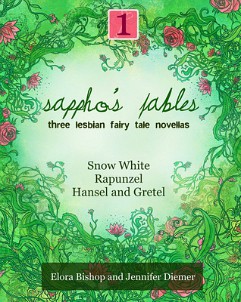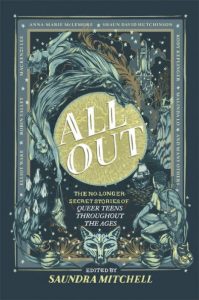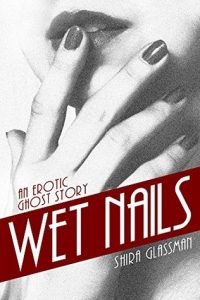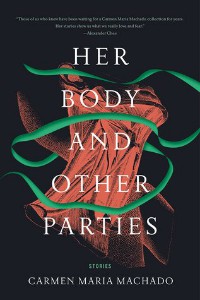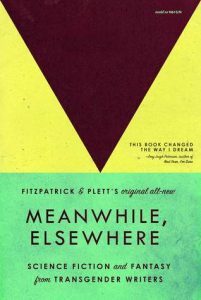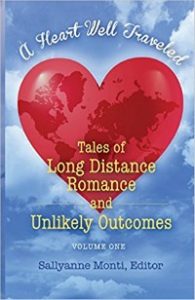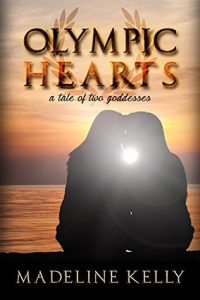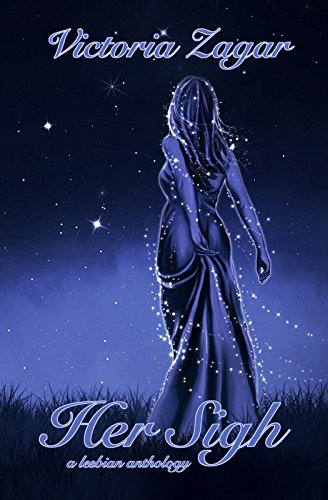This month I’ve finally managed to read another retelling that has been on my TBR for years! There’s the bonus that it’s three retellings not one too! Sappho’s Fables Volume 1 by the amazing Elora Bishop (aka Bridget Essex) – who writes some good fantasy – gives us three sapphic retellings of classical fairy tales with imaginative twists.
“I saw nothing by red and Neve”
Seven is a retelling of snow white. Catalina is a young new wife to a horrible man that experiments on her. She finds herself attracted to his ‘daughter’ Neve. She finds out that he has had 6 wives before, all in the search of immortality. Together, Neve and Catalina break this cycle. This story had horror elements and there was an interesting play with fairy tale elements and sayings.
“My mother is lost to the world of spells, and I am lost to the world in which terrible things happen to good people”
Braided is the retelling of Rapunzel. Gray’s mother sewed Gray’s fate as guardian of the Holity on another child – Zelda. Every day Gray goes to bring her food even though she doesn’t need it. After encountering a magical travelling fair connected with her dreams, Gray realizes she has to try to free Zelda. There were no bad guys here just people trying their best and making mistakes. A lot of casual queerness and acceptance too.
“Animals can be stopped by fear. Animals think. Ragers don’t”
Crumbs is the retelling of Hansel and Gretel. This is possibly my first ever story that I read with zombies and I actually liked it! Han and Greta live with their parents near heaps of trash where they scravage. They have to be careful of the ragers who were once human and have been infected. Their parents leave and the two decide to try to reach the metal forest, which turns out to be a city. There they are safe with Sabine and her brother Robert. Han is always sleeping and Sabine is always offering Greta food…I’m not sure I like the not-honest part but having already read another queer retelling of this story, I quite like this one.
All three stories had clear elements that identified the stories but were also fresh and new. I had many ‘ohhhhhhh’ moments when these elements such as apples, the huntsman, hair, rampions, sweets and witches were used. The retellings don’t focus only on the romance but offer a good story and the stories are short enough that can be read during one or two work breaks!
I’d recommend this book for lovers of fairy tale retellings, fantasy and imaginative tales and especially ‘Crumbs’ for newcomers to the zombie genre like me.

